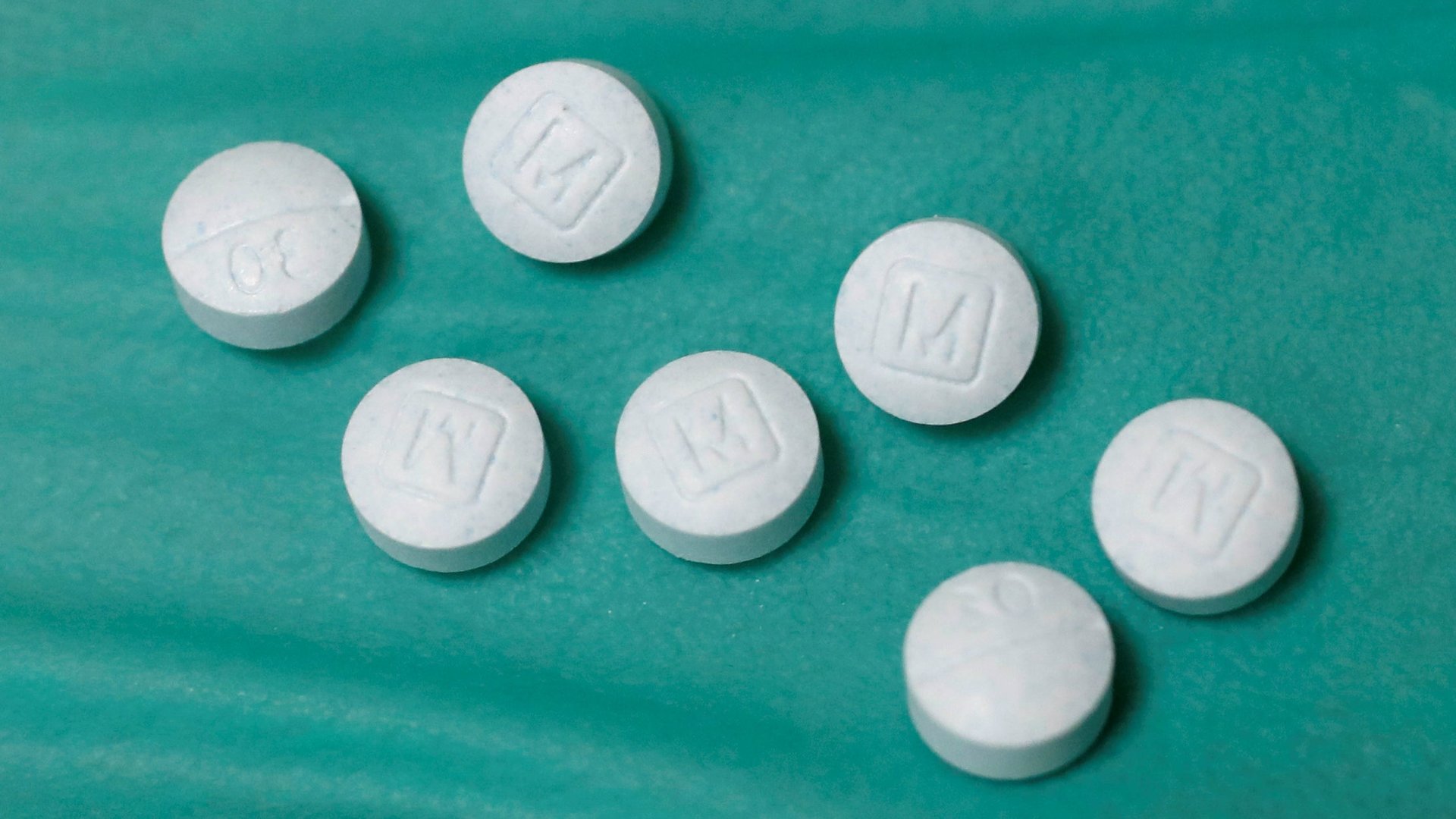The surprising geography of opioid use around the world
The pattern of opioids use varies widely around the world. In the United States, one daily dose of opioids was prescribed for every 20 people from 2013-15. In similarly wealthy Japan, one daily dose was prescribed for every 800 people over the same period.


The pattern of opioids use varies widely around the world. In the United States, one daily dose of opioids was prescribed for every 20 people from 2013-15. In similarly wealthy Japan, one daily dose was prescribed for every 800 people over the same period.
As part of international drug-control conventions, countries report the use of narcotics—like opioids, cocaine, and cannabis—for legal medicinal and scientific use to the United Nations each year. Opioids include such drugs as morphine, oxycodone, and fentanyl. (Heroin is also an opioid, but is not reported on here because it is not used legally.)
The UN’s 2017 report on narcotic use reveal that the US, currently facing a crisis of opioid overuse, is an extreme outlier. US opioid use is the highest of any country in the world, and more than 50% higher than Germany, the second-ranked country of the twenty most populous countries.
Legal opioid use per capita in the US is more than 2,000 times higher than in India. This is probably bad for both counties.
In the US, far too many people are becoming addicted to drugs who would be better treated with other medicines or therapy. Jay Joshi, the former chairman of the National Pain Foundation, wrote in Quartz that ignorance among physicians and aggressive marketing by opioid manufacturers are the main reasons for overprescribing.
Yet in India and other poor countries, many people are not being prescribed opioids when strong pain relief is necessary, such the late stages of cancer. In many of these countries, there is still an unfortunate taboo around the use of these drugs.
Dig a little deeper into the data, and you find large variations in the types of opioids that are used in different countries. For example, of the five countries with the highest prescription rates, Germans are almost twice as likely to use fentanyl as the others, while hydrocodone is widely used in the US but barely prescribed elsewhere.
This is mostly down to regulations and cost. Due to its high addictiveness, hydrocodone is not available for medical use in most of the world (Vicodin is the drug’s most popular branded version). Hydrocodone was once a schedule III drug in the US, rather than the more restrictive schedule II, and people could get the a prescription refilled at the pharmacy without seeing a doctor, leading to it becoming highly popular. Fentanyl’s popularity in Germany is likely because it is cheap and can be easily administered via a patch.
Opioids have incredible power to make lives better, as well as destroy them. The data reveal that some countries have gone too far in encouraging their use, while others haven’t gone far enough.